Trick or treating may not be taking place in many neighborhoods this year, but the tradition is in little danger of being lost to time in this country. It is a deeply beloved start to the holiday season that children and adults treasure. But did you know that this is a holiday tradition that only dates back to the 1950s, and was centuries in the making? It’s hard to imagine a year without it, but it didn’t just magically appear as a part of American culture. And, it has a seedy past! Keep reading for some fun Halloween conversation starters.
Souling: trick or treating in medieval times
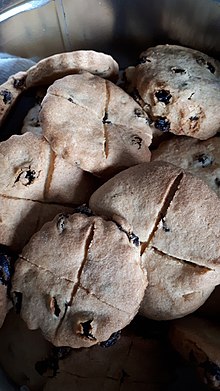
Most scholars believe that the fun autumn custom of going house to house to ask for sweets has its origins in the medieval tradition of souling, practiced by Christians in areas of Ireland and England. Souling took place on All Hallow’s Eve and involved going to the homes of neighbors to ask for soul cakes. The cakes, probably similar to shortbread cookies, were given in return for prayers for the dearly departed of the household the next day, All Soul’s Day, November 1st.
Before the Christian co-opting of the holiday, it was celebrated as Samhain. It was (and still is by many who practice earth-based religions) believed that on the night of October 31st the veil between the dead and the living was the thinnest. This belief was somewhat carried over into the Christian practice, with many wearing black and white as a means of hiding from evil spirits when souling.
Guising
Souling continued on in various forms in Great Britan for centuries, evolving from black and white clothes and soul cakes to children dressed in costume while asking neighbors for sweets on All Hallow’s Eve. It is possible that the act of asking for soul cakes slowly evolved into also asking for coins in return for prayers, and that many adults found it shameful and instead sent their children. However, it eventually became a tradition to look forward to and without stigma. According to Dr. Thomas McKean of the University of Aberdeen, it was also used as a way to create community and ease neighborhood tensions. I guess that makes sense, as many people would find it difficult to stay angry with excited children earnestly running around the neighborhood laughing and asking for sweets. The activity was called “guising,” as it is still widely known in parts of Europe today.
Though Halloween is currently most popular in America, I can say from experience that a runner up might be Scotland. I had the privilege of celebrating Halloween in Edinburgh about three years ago and it was HUGE!
Guising makes its way to America
America became home to millions of Scottish and Irish families in the 1800s, partially due to the potato famine of the 1840s and the poverty that plagued the region for decades to come. Naturally, these individuals brought their traditions with them, and a spark was lit for what would become one of the most beloved American holidays. As Dr. McKean also points, out, by the early 1900s, Halloween cards were being sold in the United States and typically included Scotish iconography such as thistles and tartans. The cards seem to have come first, followed by guising starting up by the end of the first decade.
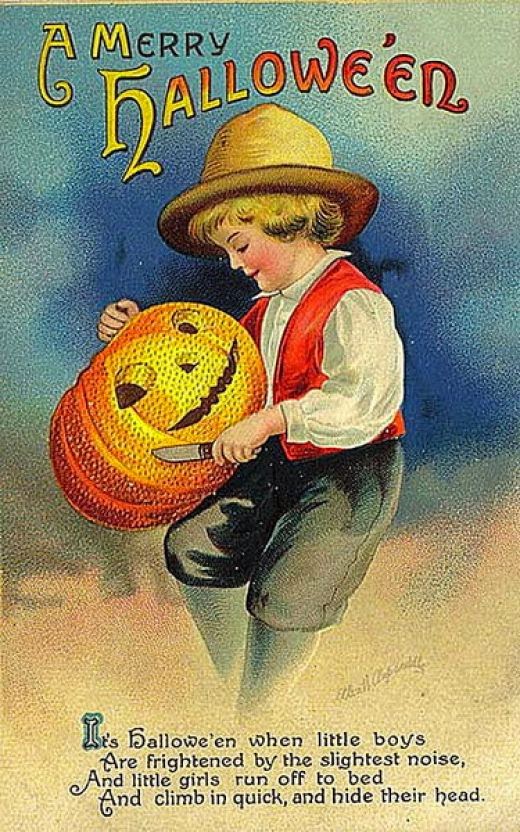
Along with the greeting cards came a recognition of Halloween as a yearly event and the holiday took on a life of its own. Most agree that the first reference to “trick or treating” was in a 1927 Albertian newspaper, followed soon by another Canadian reference the day after on November 4, 1927. In this case, the person reporting on the town’s trick or treating states that “no real damage was done” on Halloween night, “except to the temper of some who had to hunt for wagon wheels, gates, wagons, barrels, etc., much of which decorated the front street.”
It seems that some children were beginning to take the “trick” part of the custom a bit too literally…
The 1930s and 1940s: a dark time for trick or treating
In her thorough and compelling article “Gangsters, Pranksters, and the Invention of Trick-or-Treating, 1930–1960,” Samira Kawash explains that “Throughout North America in the early twentieth century, communities celebrated Halloween in ways that incorporated some or all of these [traditions]. The fundamentals of trick-or-treating were all in place, but they had not yet to come together in a single ritual.”
One “fundamental” that seems to have been in place was that of small groups of children, mostly boys, going around their neighborhoods and pulling pranks. Newspaper articles from the 1930s and 1940s about the holiday highlight the surprise of some people to have children “begging” for treats on October 31st, and annoyance at the mischief. Due to the economic stressors of the time, it is well documented that young boys often went unsupervised and at Halloween, many seem to have required little encouragement to be especially naughty. Kawash notes possibly a dozen newspaper articles from the 1930s documenting the various crimes perpetrated by children as a part of their “trick or treating” exploits. A Nevada newspaper from 1939 reported on a group of children who asked for candy and fruit from neighbors and when denied, “soaped” the windows.
A 1934 Montana paper, on the other hand, highlights how serious and irritating the youth had become: “The ‘pranks’ Wednesday evening were to be staged in a different way than in former years. This particular gang meant business. . . . No foolishness would be tolerated—citizens would meet the demands of the gang or suffer the consequences.” I have also seen references to children smashing a birdbath, doorbell ditching, burning items, toilet-papering porches, emptying dumpsters, and more. So, what gives? Kawash suggests that “With pranks on Halloween, young people retaliated for the powerlessness they experienced on the other days of the year.”
If they felt powerless, they would soon trade it in for patriotism and rising to the occasion. When WWI hit, some communities encouraged their young people to take pledges to behave on Halloween as a tribute to the troops. Additionally, churches and community groups had figured out that planning parties to distract and entertain children on Halloween would keep them from running wild, and the out of control nature of trick or treating was reigned in.
1950s: America goes all-in with trick or treating

The 1950s was a merry time for America and many of the holiday traditions we now take for granted really became cemented during this time, including trick or treating as we now know it. It was also during this post-war decade that the candy industry took the form that it has today with mass-produced, individually wrapped items, perfect for satisfying hoards of costumed kiddies. And sure, still today it may not be all that unusual for pumpkins to be smashed by bored teens in suburbia, in the 1950s Halloween took on a good, clean, family, Americana vibe that remains today.
This cute blog post by Ranker shows how similar to our current celebrations things had become by the 1950s.

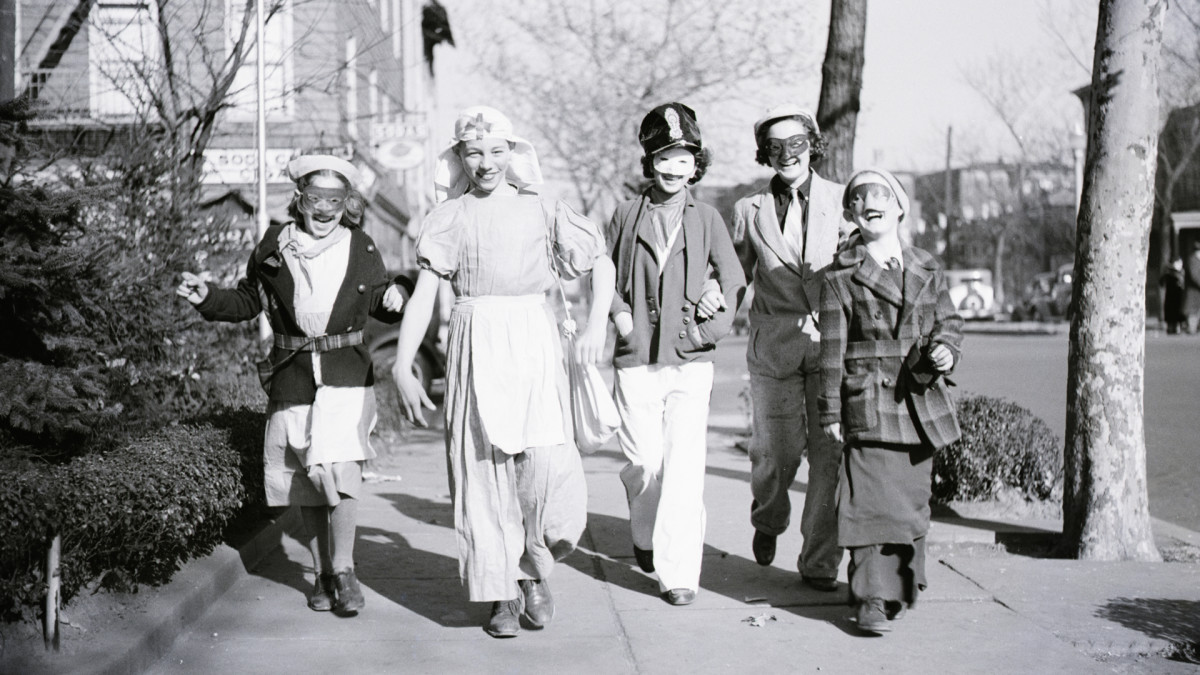

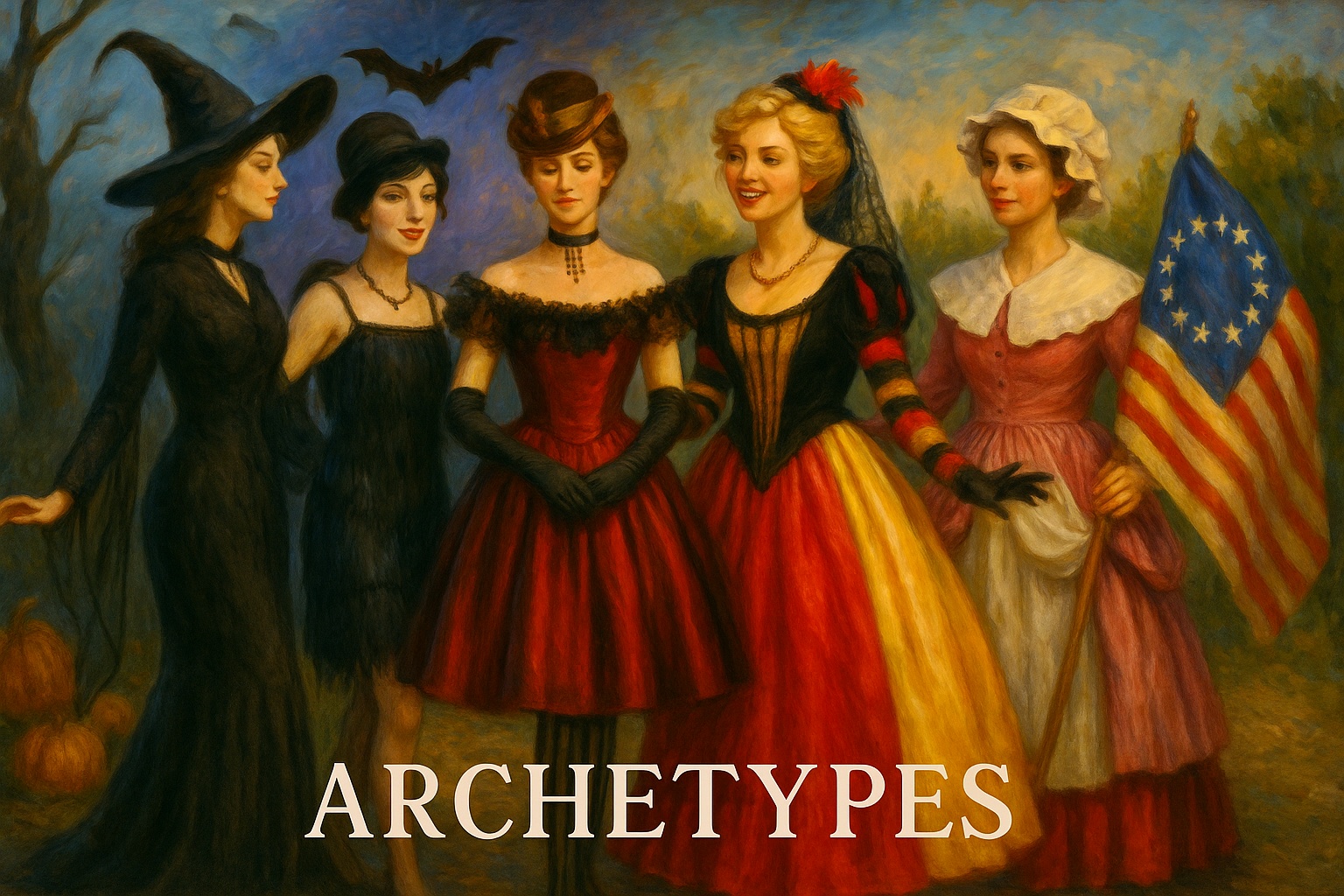
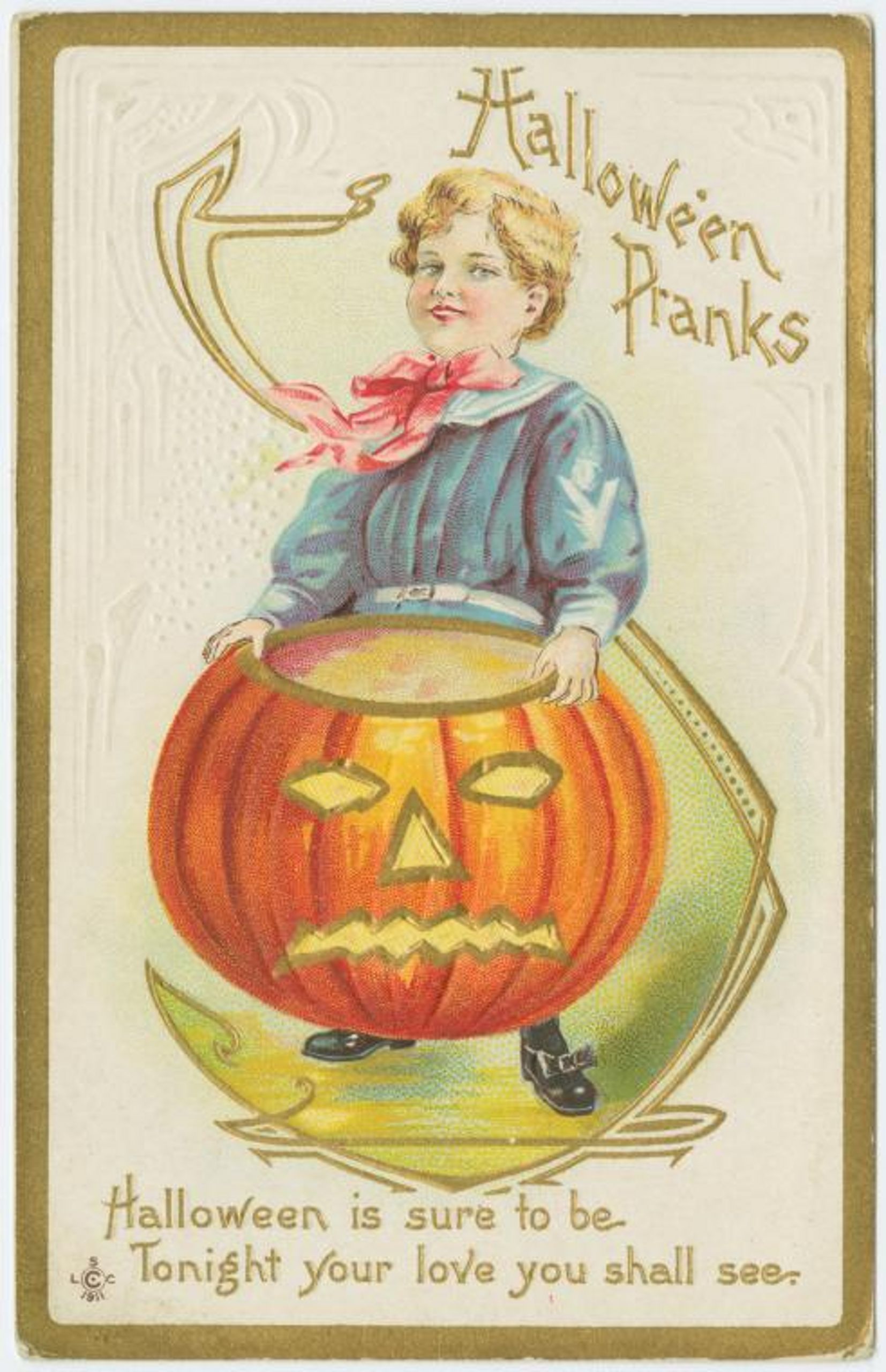


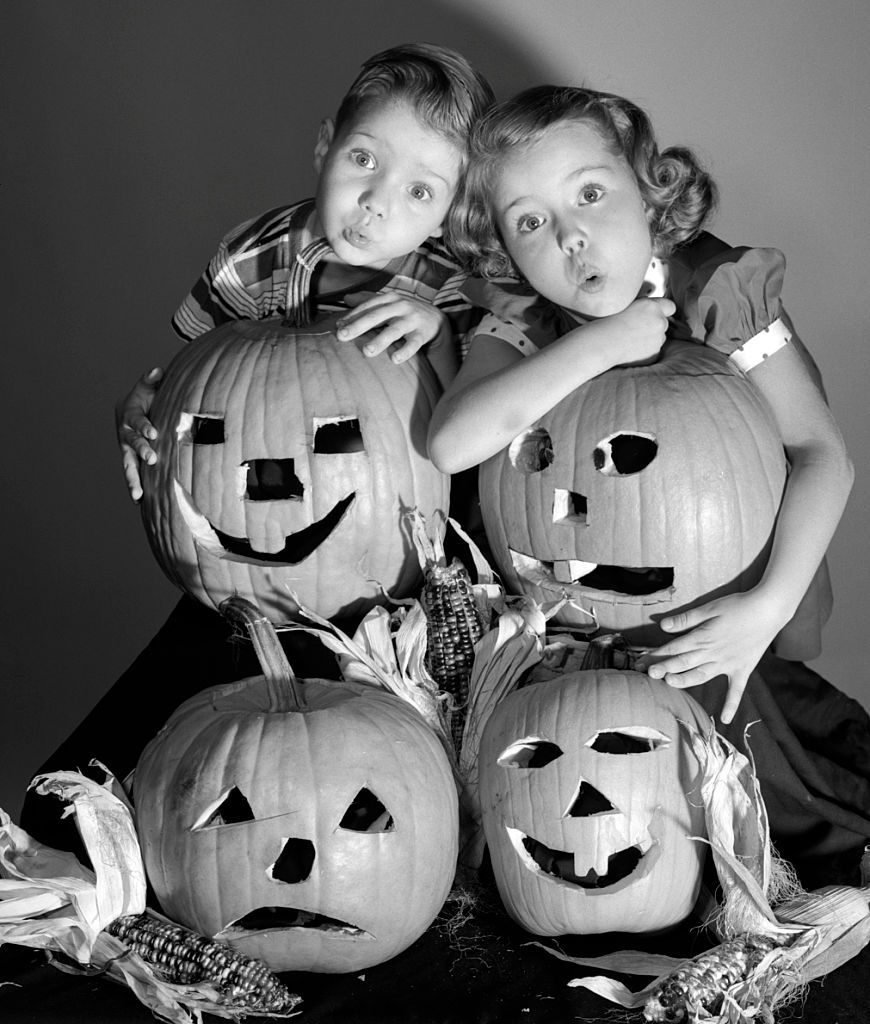

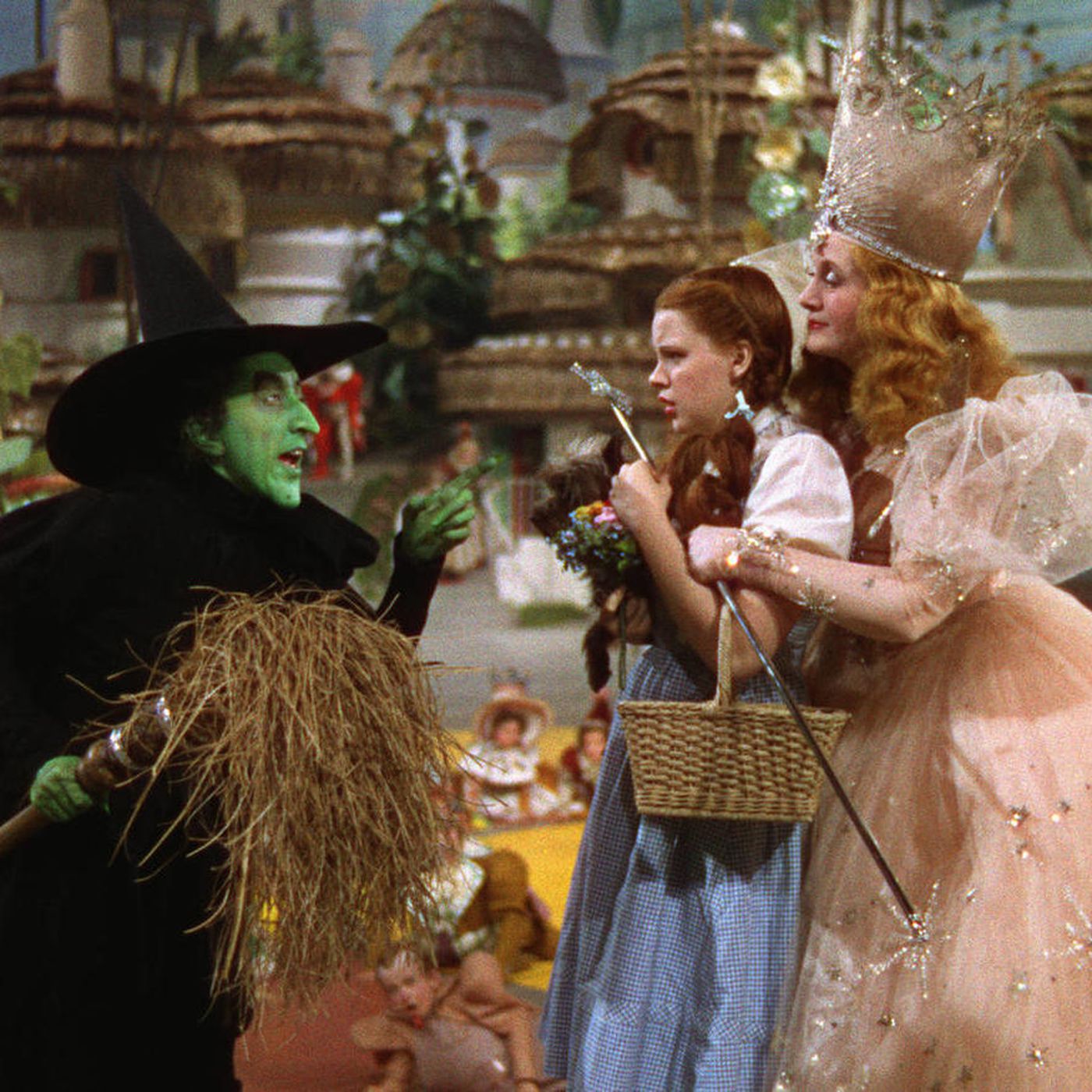
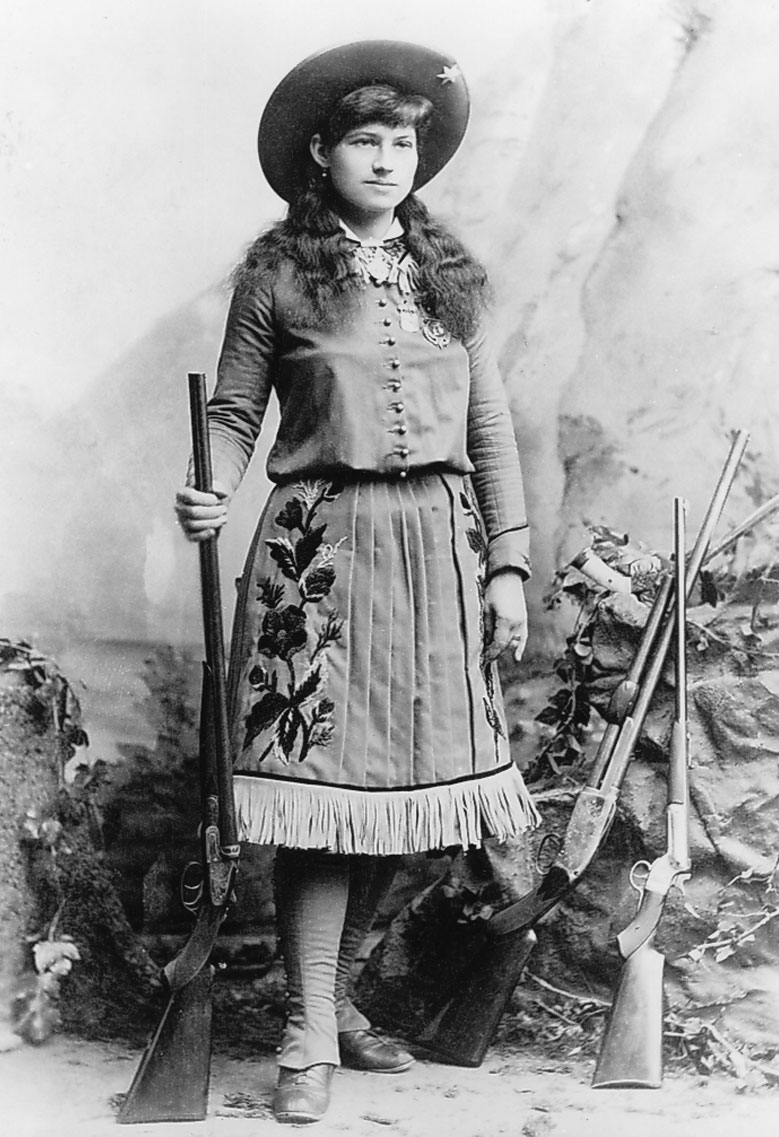

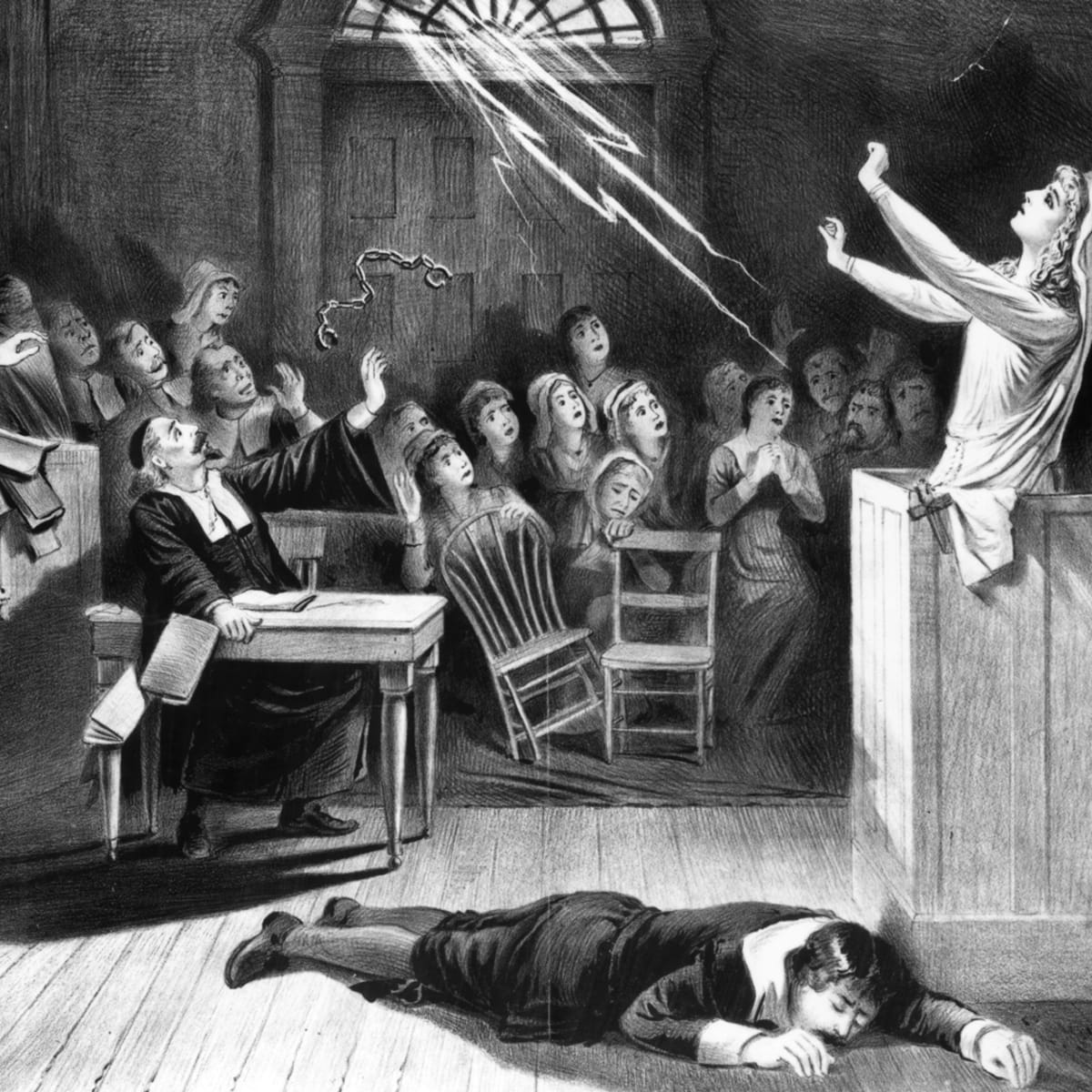

Leave A Comment